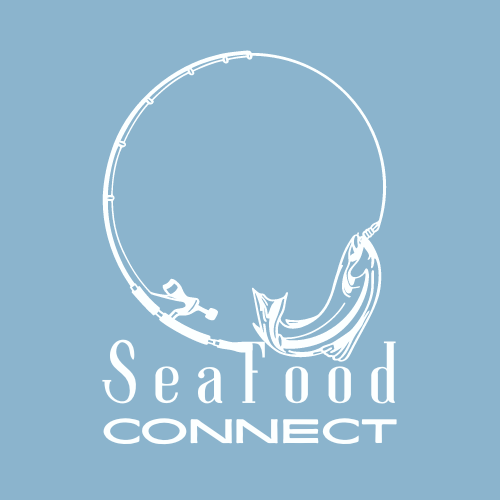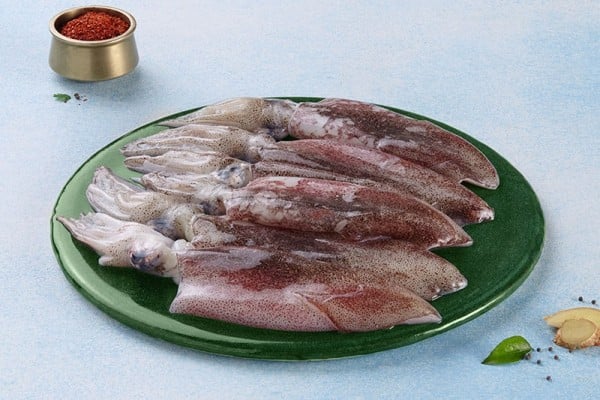Seafood trade is governed by international trade law, which consists of a set of rules and regulations that regulate the cross-border exchange of goods and services. Several international agreements and organizations play a crucial role in facilitating and regulating seafood trade globally. Here are some key aspects related to seafood and international trade law:
- World Trade Organization (WTO): The WTO is the primary international organization that deals with global trade rules between nations. It sets rules for trade in goods and services, including seafood. The WTO’s agreements cover areas such as tariffs, subsidies, sanitary and phytosanitary measures, and technical barriers to trade.
- Tariffs and Trade Barriers: Countries often impose tariffs (import taxes) on seafood products to protect domestic industries or address other trade concerns. The WTO’s General Agreement on Tariffs and Trade (GATT) sets rules for tariffs, including the principle of most-favored-nation treatment, which ensures non-discrimination among trading partners.
- Sanitary and Phytosanitary Measures (SPS): The WTO Agreement on the Application of Sanitary and Phytosanitary Measures addresses measures related to food safety and animal and plant health. It allows countries to implement necessary measures to protect human, animal, or plant life or health, but such measures should not be more trade-restrictive than necessary.
- Technical Barriers to Trade (TBT): The WTO Agreement on Technical Barriers to Trade deals with technical regulations, standards, and conformity assessment procedures that could affect trade. Technical regulations related to seafood, such as labeling requirements or quality standards, should be based on scientific principles and should not create unnecessary obstacles to trade.
- Regional and Bilateral Agreements: Many countries form regional trade agreements or negotiate bilateral agreements that cover seafood trade. These agreements often address tariff reductions or eliminations, market access, and other trade-related issues specific to the region or countries involved.
- Illegal, Unreported, and Unregulated (IUU) Fishing: IUU fishing is a significant concern in the seafood industry. It undermines conservation efforts, affects fish stocks, and creates unfair competition. International organizations like the Food and Agriculture Organization (FAO) and regional fisheries management organizations work together to combat IUU fishing through measures like port state controls, catch documentation schemes, and trade-related measures.
- Certification and Labeling Programs: Various certification and labeling programs exist to ensure sustainable and responsible seafood production and trade. Examples include the Marine Stewardship Council (MSC) and Aquaculture Stewardship Council (ASC), which provide certifications for wild-caught and farmed seafood, respectively. These programs help consumers make informed choices and promote sustainable practices.
It’s important to note that international trade law is complex and subject to ongoing negotiations and developments. The specific rules and regulations that govern seafood trade can vary between countries and regions. Therefore, it is advisable to consult the relevant authorities or legal experts to obtain the most up-to-date and accurate information regarding seafood trade laws in a particular jurisdiction.


Add Comment